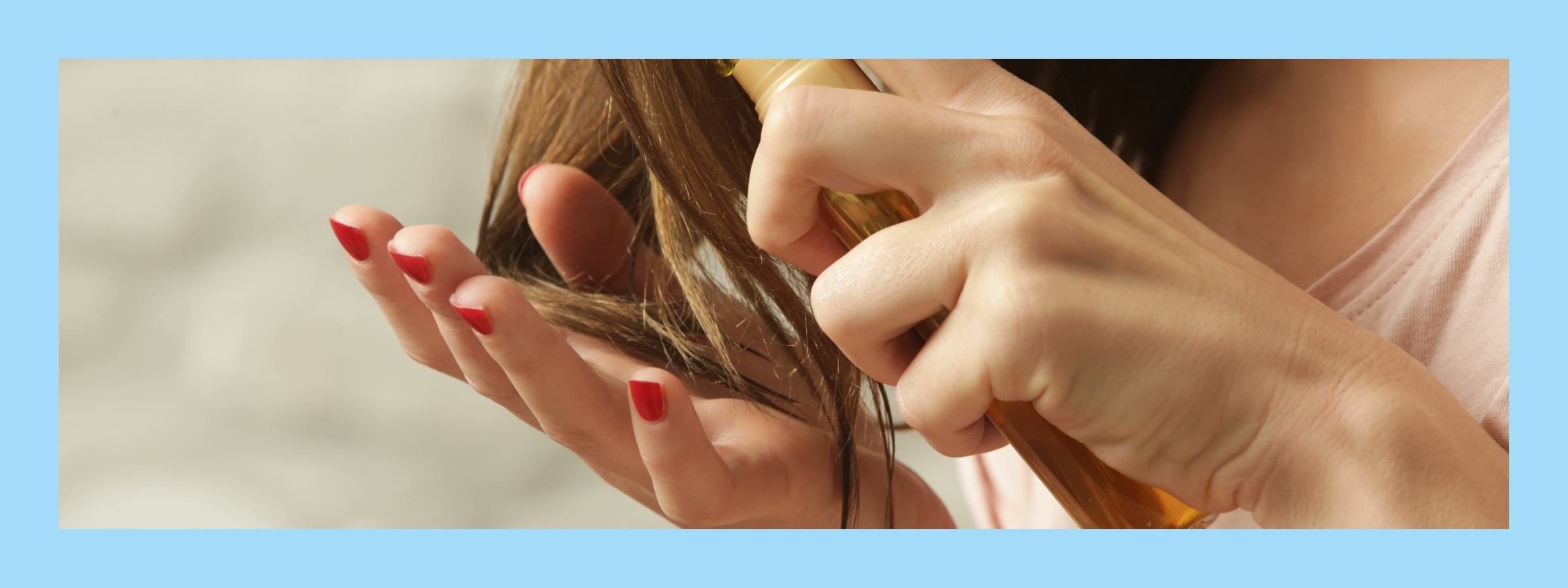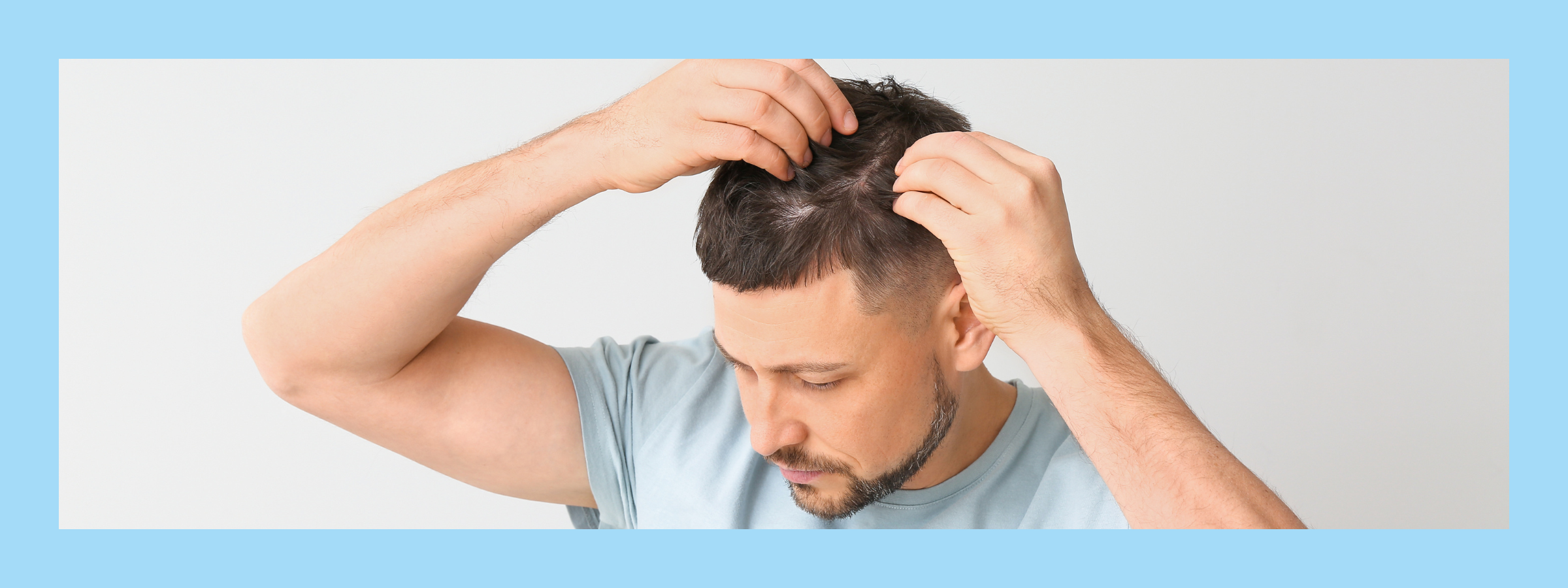
How to Care for your Hair During & After Cancer Treatment
why does chemo cause hair loss?
One of the most dreaded side effects of cancer treatment is hair loss, which occurs when the fastest-growing cells, like cancer cells, in your body are targeted. Sadly, your hair follicles divide every 23 to 72 hours, which are regarded as the fastest-growing cells in your body. However, remember that everyone experiences hair loss at different stages.
Chemotherapy hair loss timeline
Some people undergo hair thinning rather than hair loss. In fact, two patients taking the same medication may experience different hair-loss side effects. One patient may lose hair, while another doesn’t. If alopecia (hair loss) does occur, the extent of hair loss varies widely depending on the type, dosage, frequency and method of treatment, as well as other individual factors. Looking after your hair can help keep your hair for longer and give you the confidence you need.
1. Chemotherapy
Chemotherapy drugs can make you lose your hair, but not all do. In most cases, it occurs within 2–3 weeks of starting treatment. Some chemotherapy drugs also cause your facial hair and pubic hair to fall out. Hair usually grows back after treatment ends, but it may have a different texture or colour.
2. Radiotherapy
Can cause your hair to fall out, but only in the area being treated. If you are having radiotherapy to your head, you will probably lose hair from your scalp. Hair does not always grow back after radiotherapy. Your doctor will talk to you about this.
3. Other Treatments
Hormonal therapy and targeted (biological) therapy can also affect your hair, leading to hair loss or thinning but are more likely to cause hair thinning.
Why you should look after your skin as well as your hair
Whatever treatment you're receiving, it is a must to take care of your hair and treat it as gently as possible. Chemotherapy in particular may cause your hair to become dry and brittle. Chemo and other treatments can also affect your skin. Therefore, it is critical to look after your skin and other places where you used to have hair to avoid irritation and infections.
Hair loss tips to help manage skin changes
1. Ask your doctor about cold-cap treatment
Some patients are using this therapy, which freezes the scalp. By its cooling effect, it reduces blood flow to the scalp, which then decreases the amount of chemotherapy medication that reaches the area. This is usually worn for 15 minutes before each chemotherapy treatment.
2. Use Mild Products
The fragrance and harsh chemicals in shampoo can dry out already-irritated skin, and hot water can make matters worse. In contrast, conditioners can sometimes be overly oily or contain emollients and humectants you don't need. It is advisable to avoid chemical products with alcohol or menthol, and instead use mild products. However, if your scalp is itchy or sensitive, apply baby oil or mineral oil directly to the skin. Do not forget to pat your hair dry so that more hair will not fall out.
3. Skip Colouring or Perming
Even if you don't experience a lot (or any) hair loss, chemotherapy can still damage the hair shaft and cause a dry, itchy, flaky scalp. This can lead to unpredictable results when colouring or perming and can sometimes even accelerate the thinning of your hair and, the harsh chemicals are almost guaranteed to cause you irritation you don't need. If colouring your hair is really important to you, opt for temporary/semi-permanent hair colouring that doesn't contain peroxide or paraphenylenediamine.
4. Styling your Hair
Avoid using hairdryers and straighteners if you can, as this will improve your hair greatly! Thin hair can cause a lot of tangles, so start by using a soft bristle brush or comb and brush your hair at the ends and gently work your way up to your scalp. Or you can comb through your hair with your fingers, but make sure you wet your fingers with water first.
Sleeping on a satin or silk pillowcase can decrease tangles in the hair, as this is a smoother fabric than others. Another trick is to use ribbons to tie your hair up, rather than hairbands and do not plait your hair as this may damage it.
For more hair loss tips read - 'How to Care for your Scalp'









Leave a comment
This site is protected by hCaptcha and the hCaptcha Privacy Policy and Terms of Service apply.